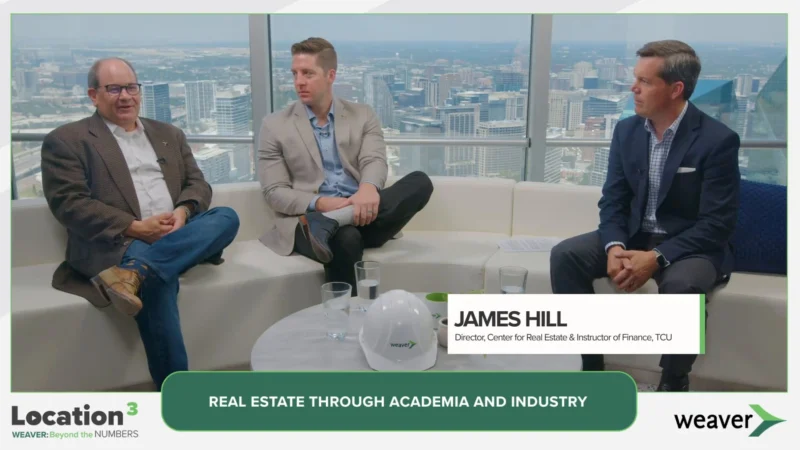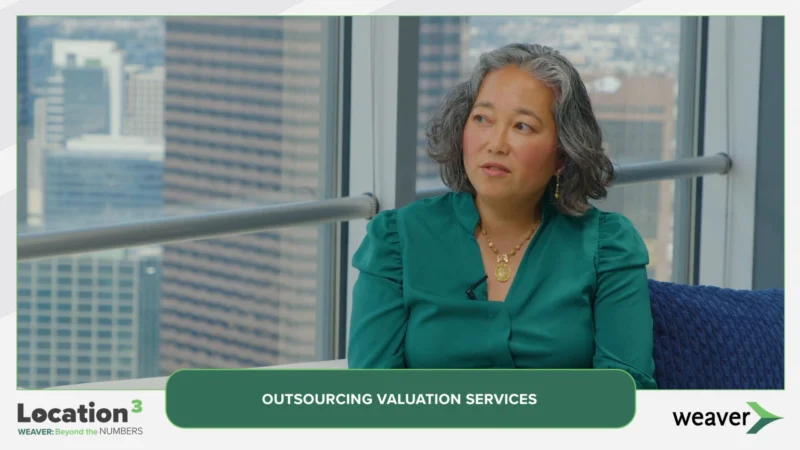Government Impact: Enterprise Performance Management and Problem Solving in Your Organization
Emphasizing the critical role of enterprise performance management in today’s data-driven era, governments today are focused on the fundamentals and understand that their constituents are looking for results. Now is the time to align actions to the mission and begin looking at performance metrics that elevate the organization. The stakes couldn’t be higher with new funding opportunities available at every level of government.
Local governments often hold the key to making lasting impacts in their communities. But how can the programs they implement become more effective?
Adam Jones, State Government Practice Leader with Weaver, talks with two tenured government advisors, Aaron Howard, President and CEO, Mass Ingenuity, and Todd Hoffman, Partner, Government Consulting Services, Weaver in this episode of the show. With decades of experience helping governments with strategic planning and business process improvement, Todd and Aaron discuss the actions government agencies do that drive performance, best practices that impact success, and fundamentals of results.
Today’s government workforce is mission-driven, which is why they work in the public sector. They are also data-driven and look to analytics to support growth and improvement. “With [an] emphasis on mission-driven priorities and a focus on data, government can be better,” said Howard.
The management of large-scale, complex grants requires a fresh approach and effective way to manage risk and report results, particularly in such high visibility/high accountability environments. The key to success is applying a balanced approach to people, processes and technology to track and demonstrate results.
In terms of data, all three men agreed that metrics have to start with a core question, why am I measuring this, and why does it matter? “Metrics are more and more important. It’s what individual constituents are looking at to ensure that where dollars are spent, they are getting the right outcomes,” said Hoffman.
Organizational charts have historically been used to describe an agency’s operations; however, these charts typically illustrate siloed and hierarchical functional groups without explaining the organization from an operational process perspective. Successful organizations are moving beyond the standard, flat organizational chart to develop a process-oriented view of workflows and performance measures, including who owns each core process’ measurements of success.
Aaron Howard is the President and CEO of Mass Ingenuity, an organizational development and enterprise performance management firm specializing in integrating people, processes, and technology for government agencies. Todd Hoffman is a partner in Weaver’s Government Consulting Services practice and has 34 years of consulting experience, successfully delivering results in state and local government.




